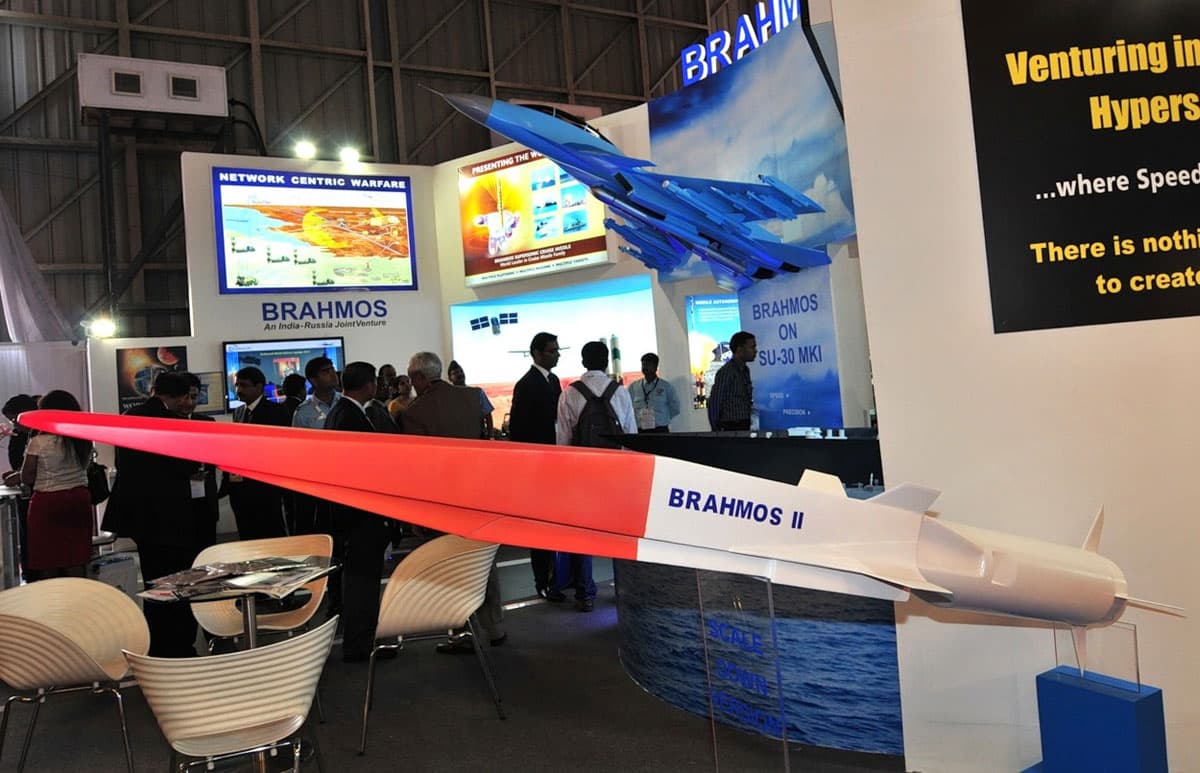SOURCE: IDRW.ORG TEAM.

India is making significant strides in hypersonic technology with two key programs: the BrahMos-2 hypersonic cruise missile and the Hypersonic Technology Demonstrator Vehicle (HSTDV).
Developed collaboratively by the Indian Institute of Science (IISc) and the Moscow Aviation Institute (MAI), BrahMos-2 is a next-generation hypersonic cruise missile. This technological marvel is designed to achieve speeds exceeding Mach 7 (nearly 8,650 kilometers per hour) and possess a strike range of up to 600 kilometers.
The joint effort focuses on critical areas like heat shields, aerodynamics of hypersonic flight, high-temperature structures, and the development of a scramjet propulsion engine. With anticipated prototypes ready for testing within the next five years, BrahMos-2 promises to be a game-changer in aerial warfare.
India’s commitment to hypersonic technology extends beyond BrahMos-2. The HSTDV program is an indigenous initiative to develop an unmanned scramjet-powered hypersonic vehicle. This 1-tonne, 5.6-meter long marvel is projected to reach speeds of Mach 6 (almost 7,410 kilometers per hour). The HSTDV serves as a crucial testbed for developing future hypersonic cruise missiles. With successful hypersonic flight demonstrations anticipated in the coming decade, the HSTDV holds immense potential for bolstering India’s hypersonic capabilities.
The BrahMos-2 and HSTDV programs signify India’s commitment to becoming a prominent player in the hypersonic technology race. These advancements hold the potential to revolutionize warfare by introducing faster, more maneuverable missiles and potentially hypersonic aircraft in the coming decade.
NOTE : Article cannot be reproduced without written permission of idrw.org in any form even for YouTube Videos to avoid Copy right strikes. Websites doing illegal reproductions will get DMCA and Legal Notices.